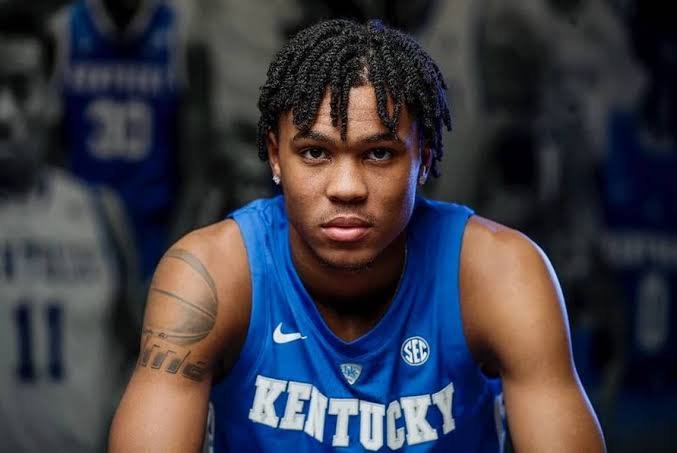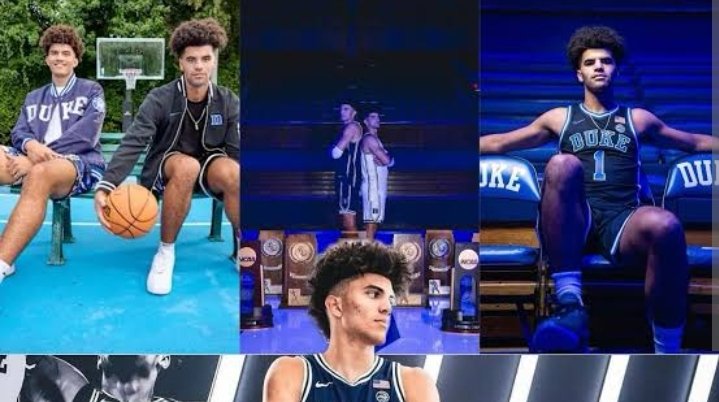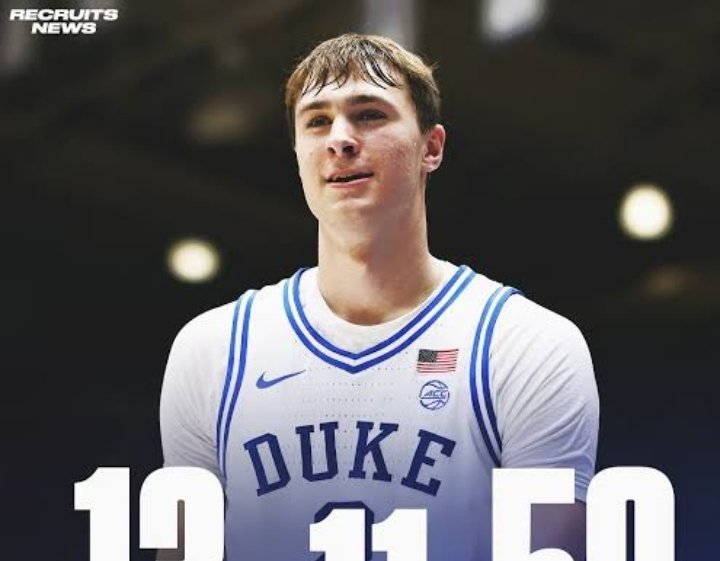“Unraveling the Legend: How Larry Bird’s Unexpected Retirement at 35 Sparked a Basketball Revolution 30 Years Ago”
Unraveling the Legend: How Larry Bird’s Unexpected Retirement at 35 Sparked a Basketball Revolution 30 Years Ago
In the world of basketball, few names resonate with the same reverence as Larry Bird. A high school sensation turned NBA superstar, Bird defined an era of basketball that transcended the sport itself. However, on August 18, 1992, Bird shocked the basketball community by announcing his retirement from the league at the age of 35. This decision sent ripples through the sport, changing the trajectory of not only the Boston Celtics franchise but also the game of basketball itself. As we reflect on this momentous occasion 30 years later, we explore the circumstances surrounding Bird’s retirement and the profound implications it had on the future of the NBA.
### Early Years and Rise to Stardom
Larry Bird was born on December 7, 1956, in West Baden Springs, Indiana. Growing up in a modest household, Bird’s passion for basketball ignited at a young age. He honed his skills on the local courts and quickly made a name for himself at Springs Valley High School. Bird’s college career at Indiana State showcased his formidable talent, culminating in a legendary run to the 1979 NCAA finals against Magic Johnson’s Michigan State team. This rivalry laid the groundwork for what would become one of the most celebrated rivalries in sports history when both players entered the NBA.
Drafted by the Boston Celtics in 1978, Bird quickly became a driving force for the team. By his third season, he had led the Celtics to an NBA championship, earning the first of three MVP awards. Known for his unparalleled shooting ability, court vision, and basketball IQ, Bird personified the archetype of the complete player. Throughout the 1980s, he would go on to dominate the league, helping the Celtics secure three championships in 1981, 1984, and 1986.
### The Signs of Change
Entering the 1990s, Bird’s playing time and performance began to dwindle due to an ongoing struggle with injuries. Chronic back issues, compounded by a series of nagging problems, forced him to miss significant stretches of games. Even as he fought through pain, Bird’s competitive spirit remained unbroken; he continued to thrive on the court, often defying the limitations imposed by his physical condition. However, it was evident to those closest to him that Bird’s body had begun to betray him.
In the 1991-1992 season, Bird played in only 45 games, averaging a modest 19.4 points per game. The decline was stark compared to his earlier years of dominance, where he consistently topped the 25-point mark. The aging Celtics, faced with a new generation of talent like Michael Jordan’s Chicago Bulls, found themselves at a crossroads. Bird’s retirement seemed an inevitable conclusion as both he and the franchise faced a future steeped in uncertainty.
### The Announcement and Immediate Reaction
On August 18, 1992, Larry Bird held a press conference that would change the landscape of basketball forever. The three-time MVP sat before a throng of reporters at the Celtics’ training facility and announced his retirement, citing the difficulties he faced with injuries as the primary reason for his decision. The basketball world was left reeling. Fans and analysts alike felt a wave of emotions—sadness, shock, and confusion swept through the sports community.
Bird’s retirement not only marked the end of an era for the Celtics, but it also signaled a pivotal moment in the NBA. As one of the league’s most celebrated players, Bird’s departure was emblematic of the transition the league was undergoing. As the torch of excellence was passed, the dynamics of the NBA began to shift, paving the way for new legends, new strategies, and a changing fanbase.
### The Immediate Aftermath: Cultural Impact
Larry Bird’s retirement had an immediate impact on the NBA landscape. While Bird was stepping away from the game, a new generation of stars was emerging. Players like Michael Jordan, Shaquille O’Neal, and Hakeem Olajuwon were beginning to take center stage, ushering in what many heralded as a new phase in the league’s history. Bird’s exit from the stage created openings for these new stars to shine, challenging existing notions of basketball excellence.
Additionally, Bird’s retirement had significant cultural implications. Bird had become an icon not just in Boston but across the country. He was seen as the quintessential blue-collar player, a representation of hard work, determination, and resilience—a relatable figure for many fans. His influence extended beyond the court, inspiring countless young athletes to strive for greatness. His reputation for clutch performances and unyielding competitiveness became part of the fabric of basketball culture.
### Long-Lasting Effects on the Game
Larry Bird’s retirement also sparked a shift in how franchises approached the game and player development. As teams began focusing on training regimens, injury prevention, and recovery strategies, Bird’s struggles became a critical case study. The lessons learned from Bird’s career prompted teams to invest heavily in medical staff and athletic training resources, fundamentally changing the way player health was managed in the NBA.
Moreover, Bird’s style of play—characterized by his skill, intelligence, and versatility—reshaped the expectations of what a forward could do. Future generations of players were inspired to develop a well-rounded skill set, contributing to the era of “positionless basketball.” His legacy lived on through players like Dirk Nowitzki and Larry Bird himself, who transformed the game with their unique abilities to shoot, pass, and create opportunities on the court.
### Conclusion: Remembering a Legend
As we commemorate the 30th anniversary of Larry Bird’s retirement, it is essential to reflect on the tremendous legacies he left behind. Bird’s career remains a testament to the transcendent power of hard work, determination, and love for the game. His impact is evident in the way basketball is played today and in the aspirations of young players around the world.
Bird’s sudden retirement not only closed the chapter on a glorious career but also ignited discussions about aging athletes, the evolution of team dynamics, and what it means to build a winning culture. His journey serves as a reminder that legends are forged not merely through skill and accolades but through their ability to inspire, innovate, and transform the landscape of their sport. As the basketball world continues to evolve, Larry Bird’s influence will inevitably endure, cementing his place in history as one of the greatest players to ever step onto a hardwood floor.




Post Comment